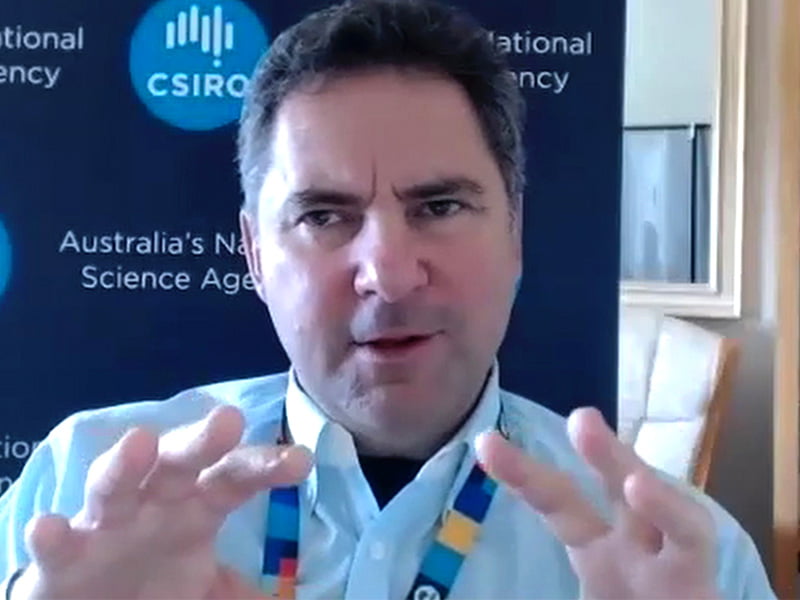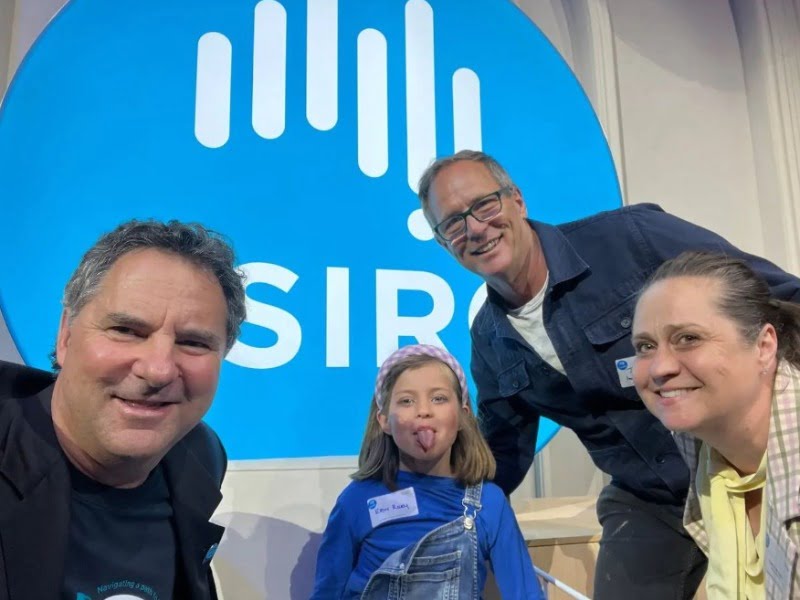CSIRO chief executive Larry Marshall will exit the national science agency at the end of the month after an eight-and-a-half-year run. The organisation is in better shape than when he arrived.
Culturally, the CSIRO is a very different place now compared to when Dr Marshall took the reins at the start of 2015. Its programs seem more directly attached to the daily challenges and concerns of the public it serves.
There has been a clear shift to impact science, including but not limited to commercial impact.
I spoke to Larry for this special edition of The Commercial Disco podcast as a kind of exit interview. We cover a lot of territory in this interview, and it is very good natured. But within it, there are some genuine insights into the CSIRO mission and Australia’s industrial system more broadly.
Dr Marshall acknowledges that he was not exactly the CEO from central casting when he was appointed to the role.
He was from out of the box, or from left field, or some other cliché. But he is now the longest serving CEO which has to say something.
His appointment has been described by some as a crazy-brave decision by the (at the time) Simon McKeon-led board. But there is a backstory in this interview that is quite riveting.
Dr Marshall had a very specific view about how the CSIRO could be a powerful agent for cultural, industrial and economic change in Australia. With the benefit of 8 ½ years of hindsight, that doesn’t seem like a bold statement.
But at the time, it was wildly ambitious. And it took a lot of work to convince the board (who only gave him a two-year contract, perhaps taking a bet each way in case it all blew up).

So here we are all these years later. The two-year contract became the longest CEO tenure in the organisation’s history.
Larry Marshall has fronted Senate Estimates 27 times. He has visited every CSIRO site in Australia (there are 50-odd). He has collected an impressive set of science-based interview props that he brings out at every opportunity (even into Senate estimates hearings, where props are not allowed).
This interview covers the whole period that Dr Marshall was at the helm, including a discussion about the massive amount of push-back he got from within the organisation in the early months. There are a bunch of things that he put in place that he is rightfully proud.
The creation of Data61 enabled an acceleration of data sciences across each of the different CSIRO divisions, which in turn accelerated their own projects.
The Australian Centre for Disease Preparedness has been a huge focus – both as an underpinning research facility for the Australian agricultural sector, but also in pandemic preparedness.
The creation of the ON Program, which provided some 3,000 scientists from CSIRO and its partner institutions with often their first exposure to entrepreneurship and commercial imperatives has changed the cultural environment.
It’s slow but there is momentum now.

The creation of Main Sequence Ventures has been an important underpinning of a new wave of investment in Australian deep tech ventures. Main Sequence is only in its relatively early days, but has been a game changer for Australia.
When Dr Marshall had finished his PhD in Australia in the eighties, he says he had two great frustrations.
Firstly, he had been told that as a scientist, you can’t be a CEO. And secondly, if you wanted to “do innovation”, you’re better off going to Silicon Valley.
Well, Main Sequence Ventures is now funding a production line of deep tech companies that are led by scientist CEOs, here in Australia.
This is the ambition of what Larry Marshall had been pushing on Simon McKeon when he was lobbying for the role at the CSIRO – that the national science agency was “the secret sauce” that could address Australia’s innovation dilemma.
It’s been a pretty wild wide, but that ambition that he brought to the CSIRO has taken root.
Dr Marshall says he will take a break when he leaves the agency before deciding what he wants to do next. He has a volunteer role as the President at the American Chamber of Commerce in Australia, but apart from that, it’s all blue skies and green fields ahead.
But as one senior and respected scientist-entrepreneur (not from the CSIRO) told me at Larry’s farewell dinner in Canberra last week: “You get the impression that he’s not finished yet,” in relation to building Australia’s innovation capacity.
Do you know more? Contact James Riley via Email.

